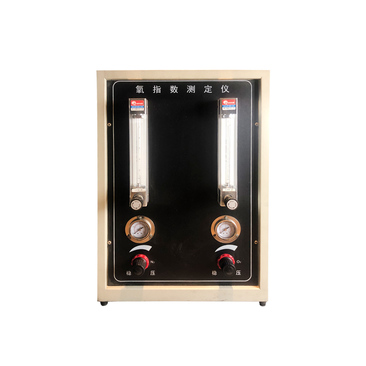power frequency spark tester
Understanding Power Frequency Spark Testers A Key Tool for Electrical Safety
In the realm of electrical engineering and safety, power frequency spark testers have emerged as essential tools used for quality control and reliability testing of electrical insulation materials. These testers are instrumental in determining the dielectric strength of materials by simulating the electrical stress they would encounter in actual operating environments.
What is a Power Frequency Spark Tester?
A power frequency spark tester is a device designed to apply a high voltage to insulation systems to identify potential failures or weaknesses in electrical components and systems. Typically, the tester operates at a standard frequency of 50 or 60 Hz, which is akin to the frequency used in power supply systems globally. The device generates a high-voltage potential that can range from several kilovolts to tens of kilovolts, depending on the specifications and the application requirements.
Working Principle
The working principle of a power frequency spark tester is based on applying a high voltage across the insulation material to evaluate its integrity. The tester establishes voltage across the insulation until a breakdown occurs. During this process, a visual and audible indication—often a spark—signals the presence of dielectric failure. The voltage level at which this failure occurs is termed the dielectric strength of the insulation.
The efficacy of this testing method relies heavily on several factors, including the material being tested, the thickness of the insulation, and environmental conditions such as humidity and temperature. Importantly, the tests are usually conducted under controlled conditions to ensure repeatability and accuracy.
Applications of Power Frequency Spark Testers
Power frequency spark testers are widely used across various industries, including
1. Electrical Manufacturing In the production of electrical cables and equipment, spark testers are used to ensure the integrity of insulation materials, thereby preventing future failures that can lead to costly downtimes and safety hazards. 2. Utilities Power companies utilize these testers to evaluate the condition of high-voltage equipment, transformers, and cables, ensuring that they can withstand operational voltages over their anticipated lifespan.
3. Maintenance and Service Electricians and maintenance engineers use power frequency spark testers during routine inspections of electrical installations to identify weaknesses before they result in catastrophic failure.
power frequency spark tester

4. Research and Development Engineers and scientists rely on these tests to understand the dielectric properties of new materials, allowing for innovation in insulation materials that can withstand harsher conditions.
Benefits of Power Frequency Spark Testers
1. Reliability The primary benefit of power frequency spark testers is their ability to reliably predict the performance and safety of insulation materials, ensuring they meet industry standards.
2. Safety Regular testing reduces the risk of electrical failures, which can have severe safety implications, including fire hazards and electrocution.
3. Cost-Efficiency By identifying issues in insulation early, companies can save significant amounts on repairs and lost productivity due to unexpected outages or failures.
4. Versatility These testers are applicable to a wide array of materials and can be used in different types of electrical equipment, enhancing their usability across various sectors.
Limitations and Considerations
Despite their advantages, power frequency spark testers do have limitations. The test process may cause stress on the insulation material, potentially leading to premature aging or failures. Additionally, the high voltages used can be hazardous if not handled correctly, necessitating strict safety protocols during testing.
Furthermore, spark testing is not always definitive. While it can indicate a weakness in insulation, it cannot provide detailed insights into the underlying causes of insulation degradation. Therefore, it is often used in conjunction with other testing methods, such as insulation resistance testing or partial discharge measurements, for a comprehensive evaluation.
Conclusion
In summary, power frequency spark testers play a critical role in maintaining the integrity and safety of electrical insulation systems. By simulating operational conditions and identifying weaknesses, these devices contribute to enhanced safety, reliability, and efficiency in various electrical applications. As technology advances, ongoing improvements in testing methodologies and equipment will undoubtedly further bolster their effectiveness and expand their applications in the growing field of electrical engineering.
-
reliable-performance-testing-with-advanced-aging-chamber-solutions
NewsAug.23,2025
-
advancing-precision-with-profile-projector-technology
NewsAug.23,2025
-
uv-led-ultraviolet-crosslinking-technology-innovation-and-prospects
NewsAug.23,2025
-
ensuring-safety-and-compliance
NewsAug.23,2025
-
electrical-properties-testing-in-modern-applications
NewsAug.23,2025
-
universal-tensile-testing-machine-applications-in-modern-electrical-and-material-testing
NewsAug.23,2025
 Copyright © 2025 Hebei Fangyuan Instrument & Equipment Co.,Ltd. All Rights Reserved. Sitemap | Privacy Policy
Copyright © 2025 Hebei Fangyuan Instrument & Equipment Co.,Ltd. All Rights Reserved. Sitemap | Privacy Policy

